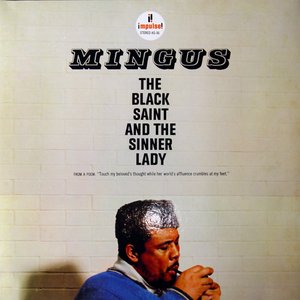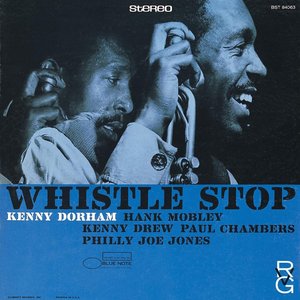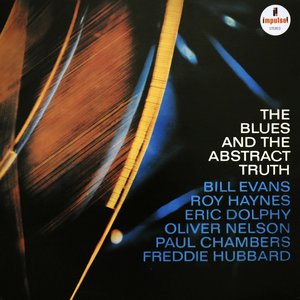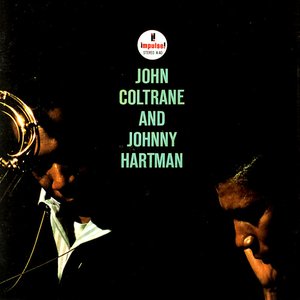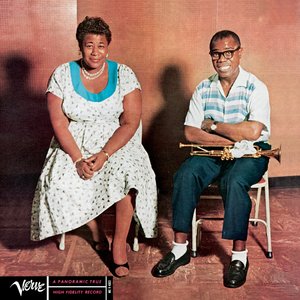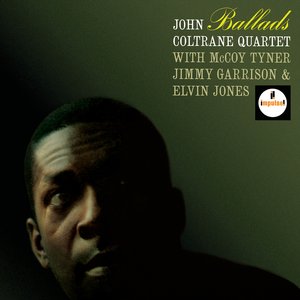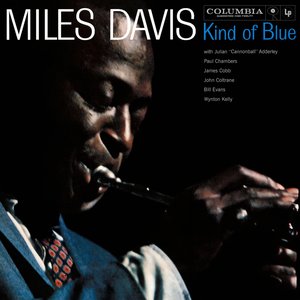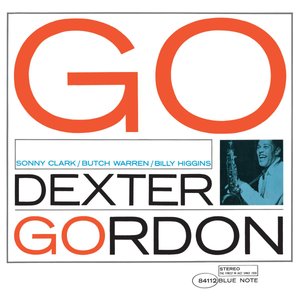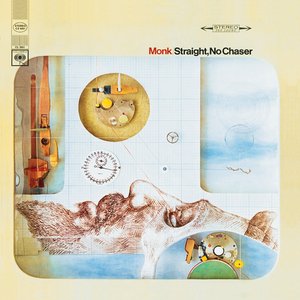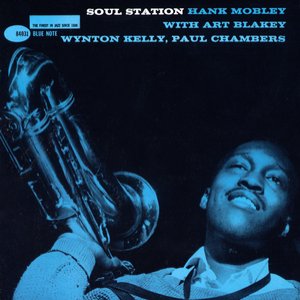Wiki
-
Length
7 tracks
DUKE ELLINGTON & JOHN COLTRANE begins with a remarkable performance of "In A Sentimental Mood." Ellington's chattering, bell-like accompaniment sets off Coltrane's fulsome, rhapsodic interpretaion in sharp relief. For Johnny Hodges–one of Duke's main men, and an early employer of Coltrane–"In A Sentimental Mood" was a showpiece. The Rabbit practically owned the tune, and yet Hodges considered Coltrane's to be the finest version of the song he'd ever heard.
Which indicates how deeply rooted in the jazz and blues tradition Coltrane always was. DUKE ELLINGTON & JOHN COLTRANE represented an opportunity for Trane to step back and reflect upon the elemental lyricism and swing that were at the heart of even his most adventurous flights–and to silence those nay-sayers who were carping about how his band with Eric Dolphy was "anti-jazz."
"Take The Coltrane" offers up one of Duke's great vamp tunes, and illustrates just how well the master knew how to accomodate Coltrane and play to his strengths, gently prodding him into fresh melodic directions. with its insistent bluesy hosannas and tart, off-center harmonies, "Take The Coltrane" is an improviser's delight, as the pianist offers elegant harmonic contrasts to Trane's backwoods preacher. "Big Nick" is Trane's tip of the hat to tenor man and raconteur Nick Nicholas, a tipsying, elusive little melody with a hint of Sidney Bechet (and Hodges) that allows the saxophonist to range up and down his soprano.
The remainder of the repetoire is from the Ellington/Strayhorn songbook, beginning with Duke's infectious minor blues, "Stevie." Ellington treats his keyboard as a mini-orchestra, and Coltrane rides Sam Woodyard's backbeat into the sun. Strayhorn's "My Little Brown Book" opens with a bell-like fantasia between piano and Elvin Jones' cymbals, as Coltrane demonstrates a variety of refined ballad inflections. "Angelica" offers an infectuous Afro-Cuban dialogue between Ellington and Woodyard, and an earnest, fervent Coltrane who doesn't rise to the tune's humor the way a Sonny Rollins would, but when Aaron Bell seats that 4/4 in the bass…look out. "The Feeling Of Jazz" is just that, closing things out with a classic blues that shuffles happily between swing and a hard rock.
Recorded at The Van Gelder Studio, Englewood Cliffs, New Jersey on September 26, 1962.
Personnel: Duke Ellington (piano); John Coltrane (saxophone, soprano saxophone, tenor saxophone); Elvin Jones, Sam Woodyard (drums).
Liner Note Authors: Duke Ellington; Stanley Dance.
Recording information: Van Gelder Recording Sstudio, Englewood Cliffs, NJ (09/26/1962); Van Gelder Studios, Englewood Cliffs, NJ (09/26/1962).
Photographers: Bob Ghiraldini; Joe Alper.
Unknown Contributor Roles: Duke Ellington; John Coltrane.
Personnel: Duke Ellington (piano); John Coltrane (tenor & soprano saxophones); Jimmy Garrison, Aaron Bell (bass); Elvin Jones, Sam Woodyard (drums).
JazzTimes (5/96, p.130) - "…the playing? Poignant, powerful….Blues is the lingua franca. Duke gives Trane plenty of running room, as Monk did, laying out his solo on `Take The Coltrane,' comping nimbly elsewhere. No bonus tracks, and none needed."
Album descriptions on Last.fm are editable by everyone. Feel free to contribute!
All user-contributed text on this page is available under the Creative Commons Attribution-ShareAlike License; additional terms may apply.

